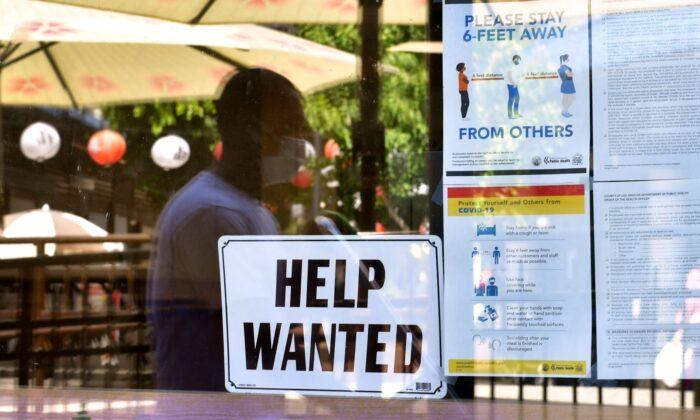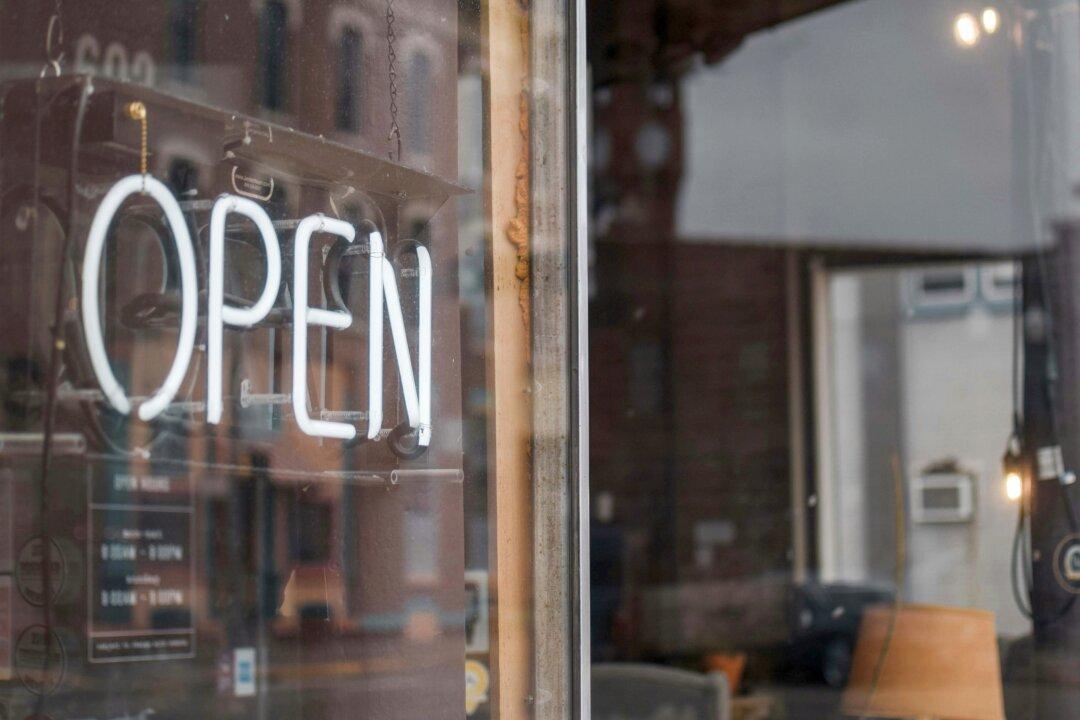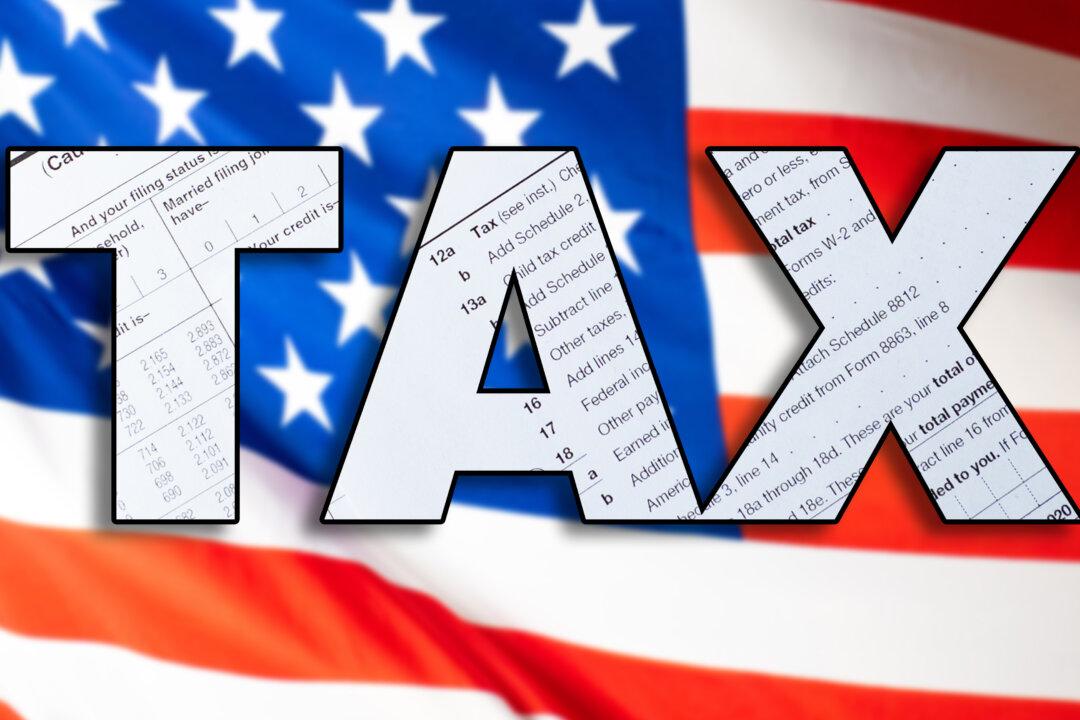The Labor Department recently reported that there are now a record 10.9 million jobs open in the United States. That’s twice the size of the entire Ohio workforce.
Yet the department has also counted about 8 million unemployed Americans. What in the world is going on here? Why aren’t the 8 million workers who are allegedly looking for a job filling any of the 10 million open jobs? Could it be they aren’t looking very hard?
Job growth fell by more than half in August, which was partly because of COVID-19 concerns and the Delta variant of the virus. But there’s a lot more going on here.
Government welfare policies are clearly disincentivizing millions of Americans from taking jobs. Even though there are millions of retail and restaurant jobs open, those industries lost employment in August. Same for the construction industry: A loss of jobs, even though nearly every construction company in the United States is desperate for workers. The same is true for unfilled warehousing, manufacturing, trucking, engineering, and business services jobs. Those aren’t “dead-end” or even minimum wage jobs in most cases. Open factory and truck driver jobs pay $50,000 to $100,000 per year with benefits.
But economist Casey Mulligan of the University of Chicago has found that when counting all government benefits, a family of four in high welfare benefit states such as New York and Connecticut with two unemployed parents can receive up to $100,000 in government assistance.
Why work? In some cases, workers would see a cut in their income if they returned to their jobs.
Former President Donald Trump’s economic adviser Larry Kudlow noted that President Joe Biden and the Democrats in Congress have “done away with the successful bipartisan welfare reforms of the 1990s. Those required work.” They also had time limits of about 26 weeks. We now have Americans who have been collecting unemployment benefits and other government payments for a year and a half.
Now, it’s almost as if Washington is intentionally discouraging work, even though the worst of COVID-19 is behind us. Biden recommended that states such as New York and New Jersey with high unemployment rates continue to extend bonus unemployment benefits for more months past the Labor Day deadline. He also increased food stamp benefits by 25 percent.
There’s another problem facing employers and workers: Inflation is running ahead of wages. So even though wages are up by 4 percent, the cost of living is up by more than 5 percent. Workers’ paychecks are shrinking as massive government borrowing and trillions of dollars of money-printing to fund the spending stampede in Washington sends the price tag for everything from gas and hamburgers to airline tickets higher each week.
The other victims of this anti-work federal policy are the more than 10 million people who operate small businesses. Bloomberg reported half of all small businesses are hiring and have multiple job openings. Some are even hiring workers that can’t pass a drug test because they’re so desperate for workers. Biden said that those businesses needed to “pay workers more.” Easier said than done. Many mom-and-pop firms can’t afford to pay the wages of big-box stores or large corporations; their profit margins are already razor-thin.
Biden said the solution to the jobs problem is to pass his $4.5 trillion debt legislation and his $2 trillion tax hike. That would only raise the taxes on those who are working, fan the flames of inflation, and pass trillions of dollars in more costs on to our kids. And despite his promises, most of the measure’s spending has nothing to do with job creation.
For years, conservatives, and even many progressive Democrats, have advocated for a policy of “make work pay.” Now we have a de facto federal and state policy of “make sitting on the couch pay.” The extra $300 per week in unemployment benefits ended on Labor Day.
Let’s hope that gets workers back into the workforce, where they'll earn a paycheck rather than be handed a welfare payment.





